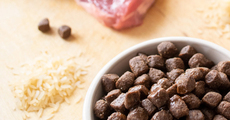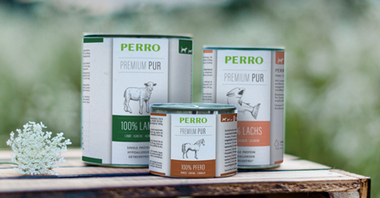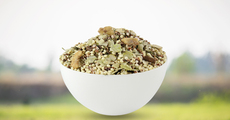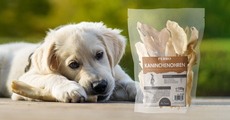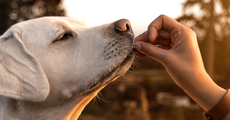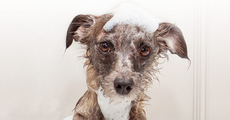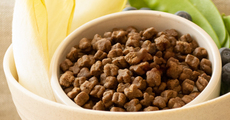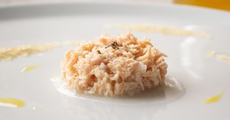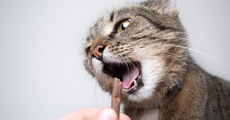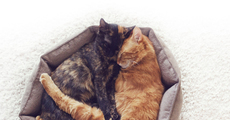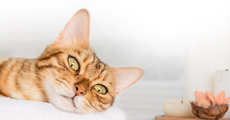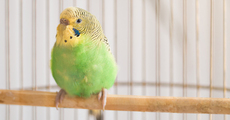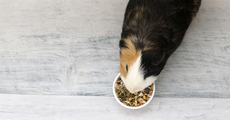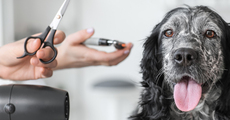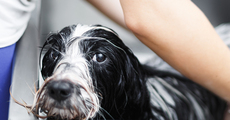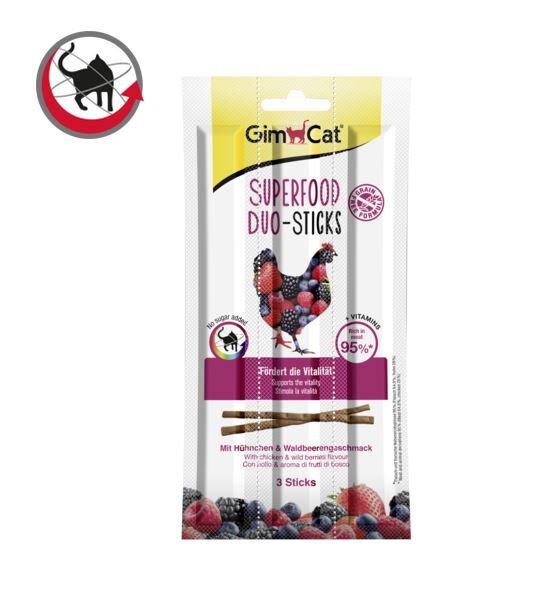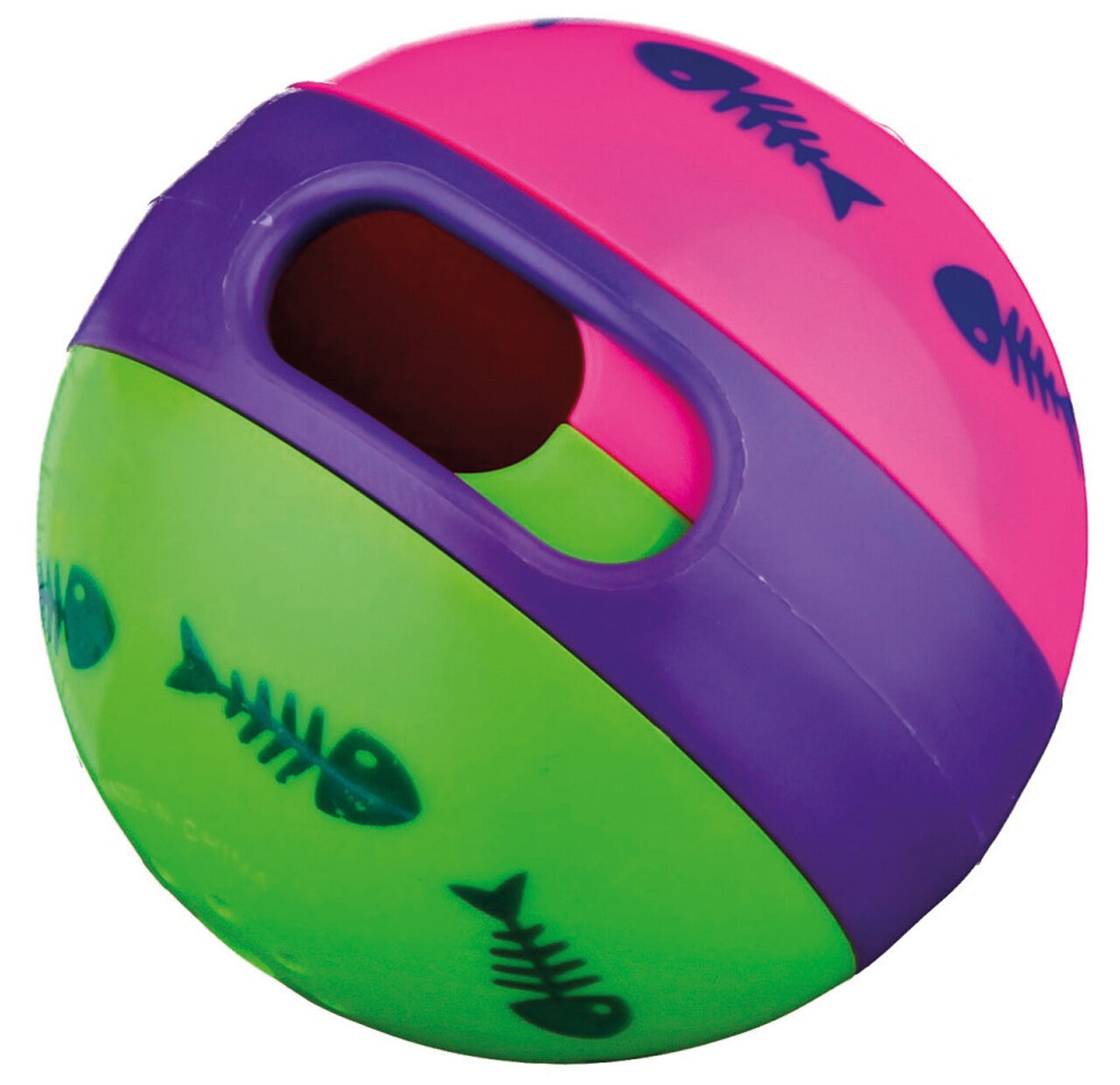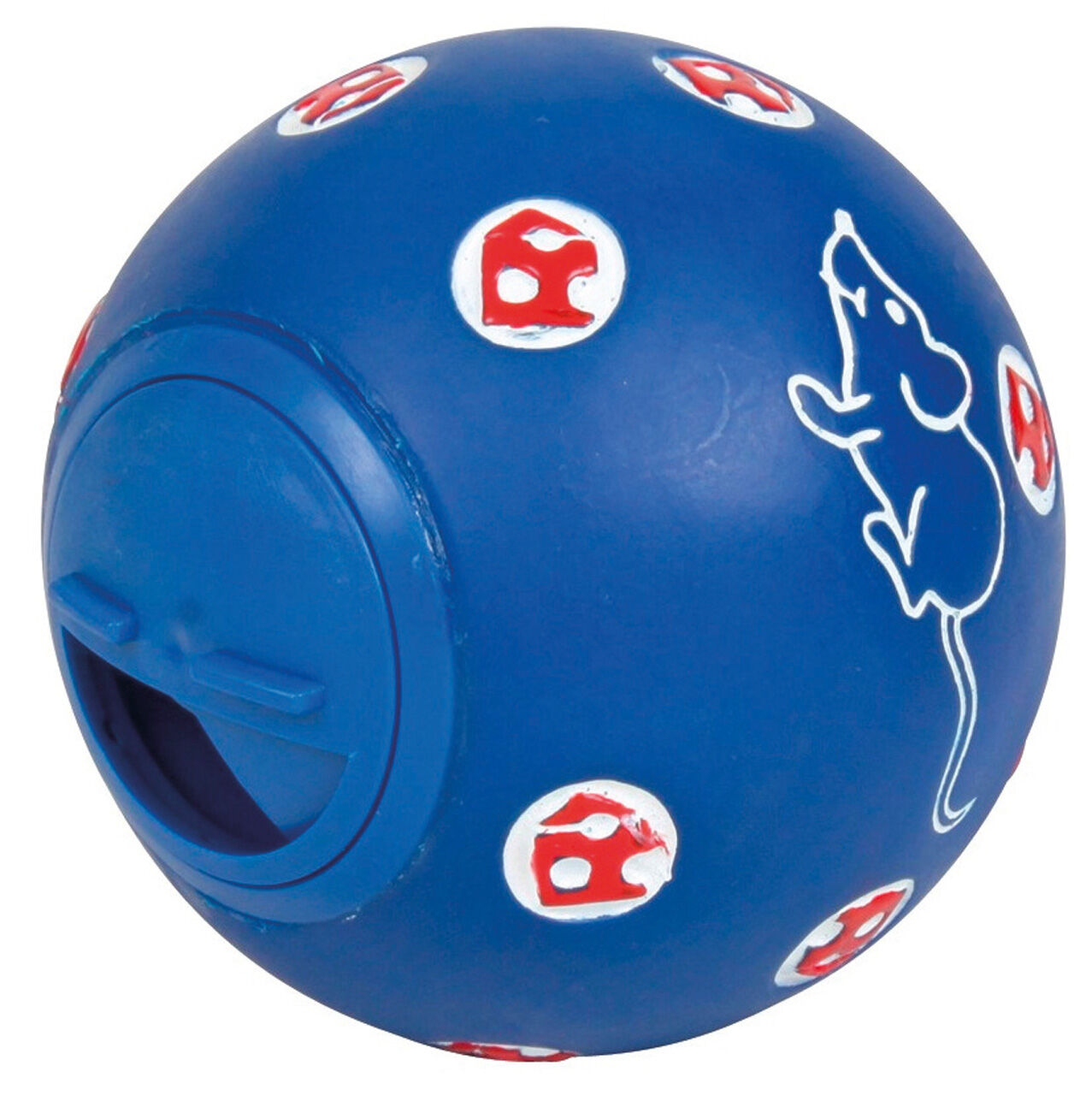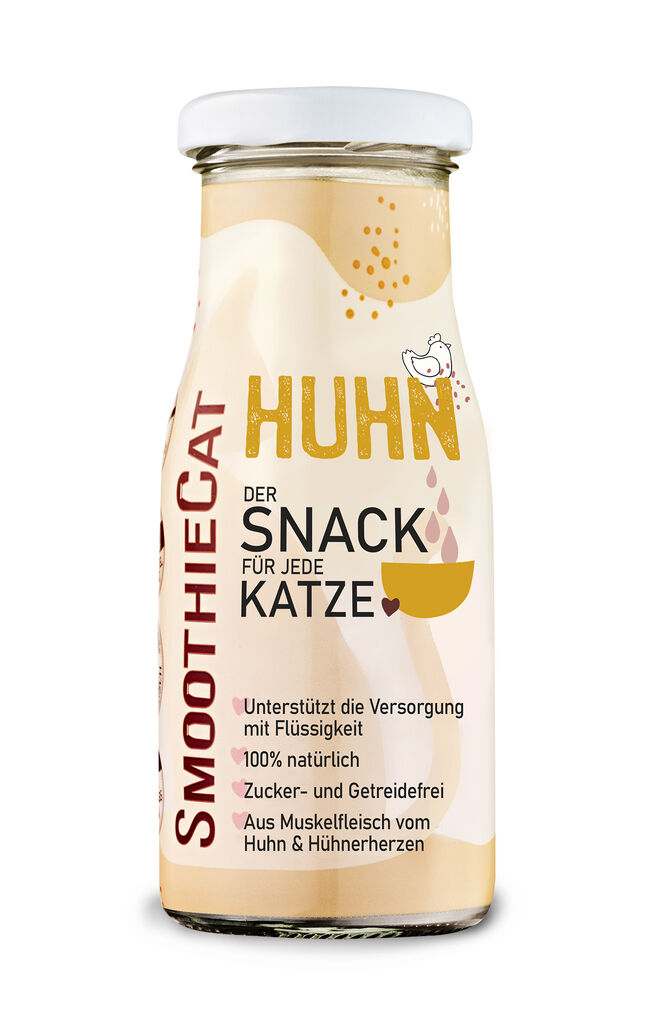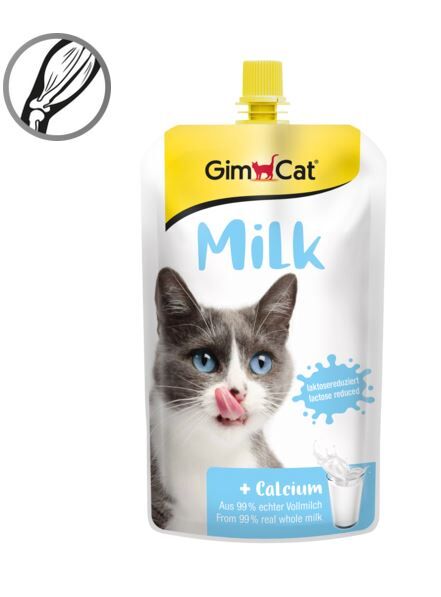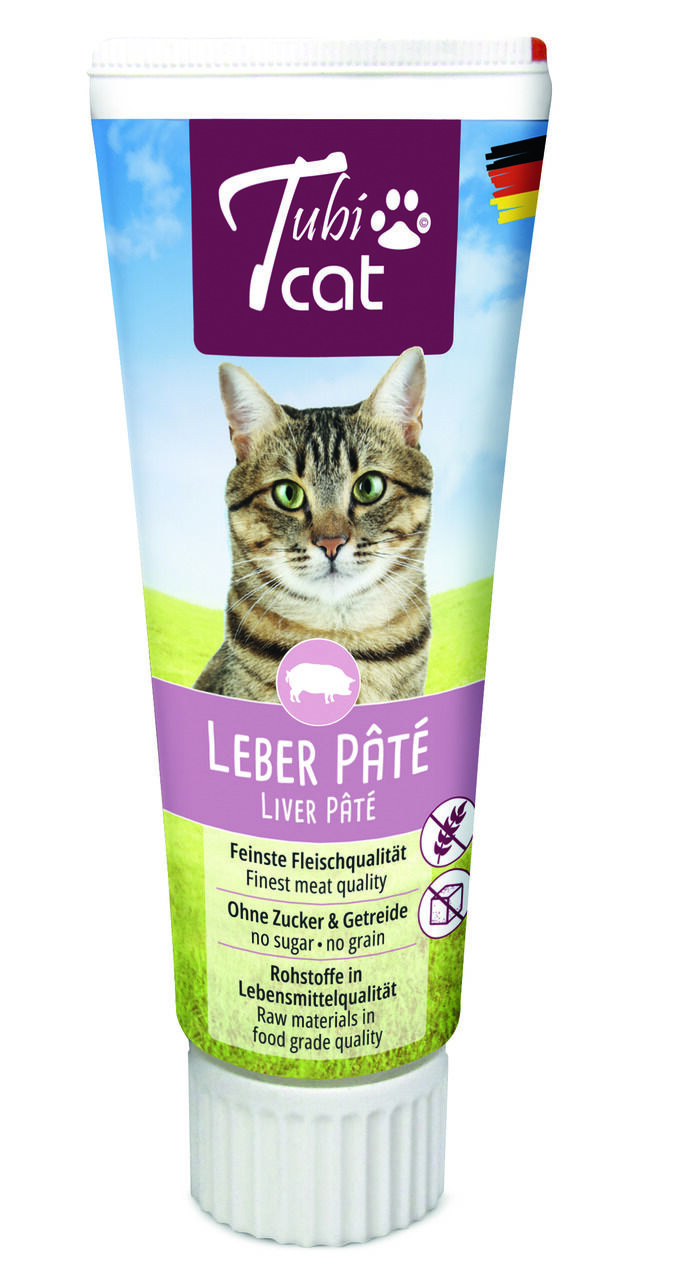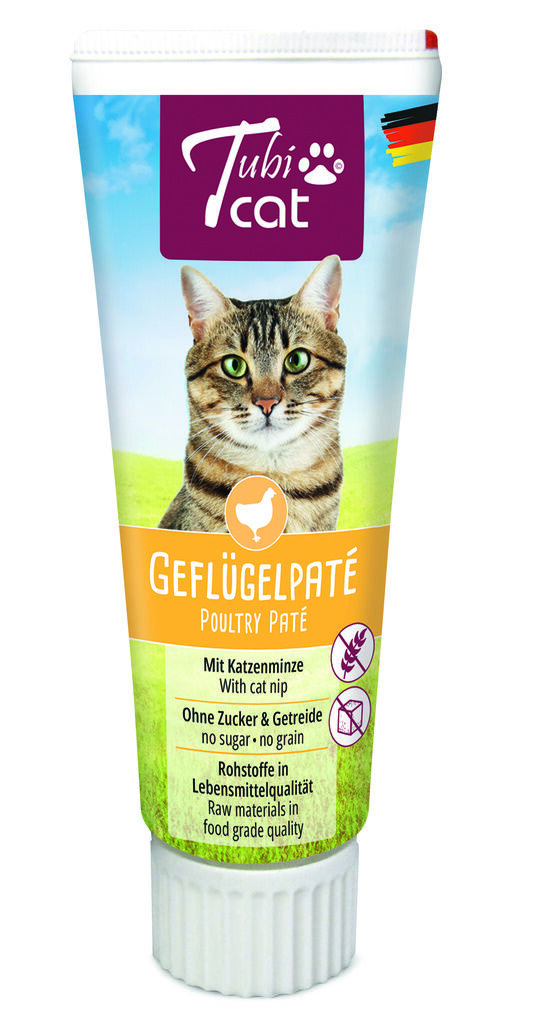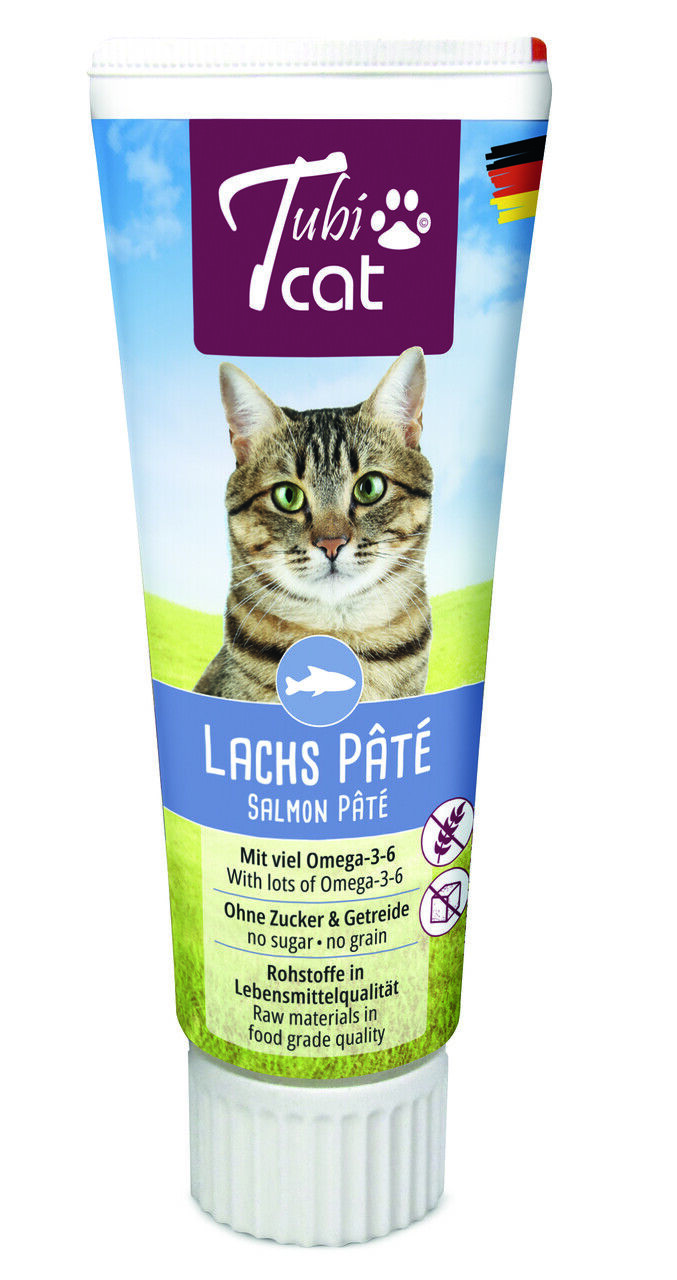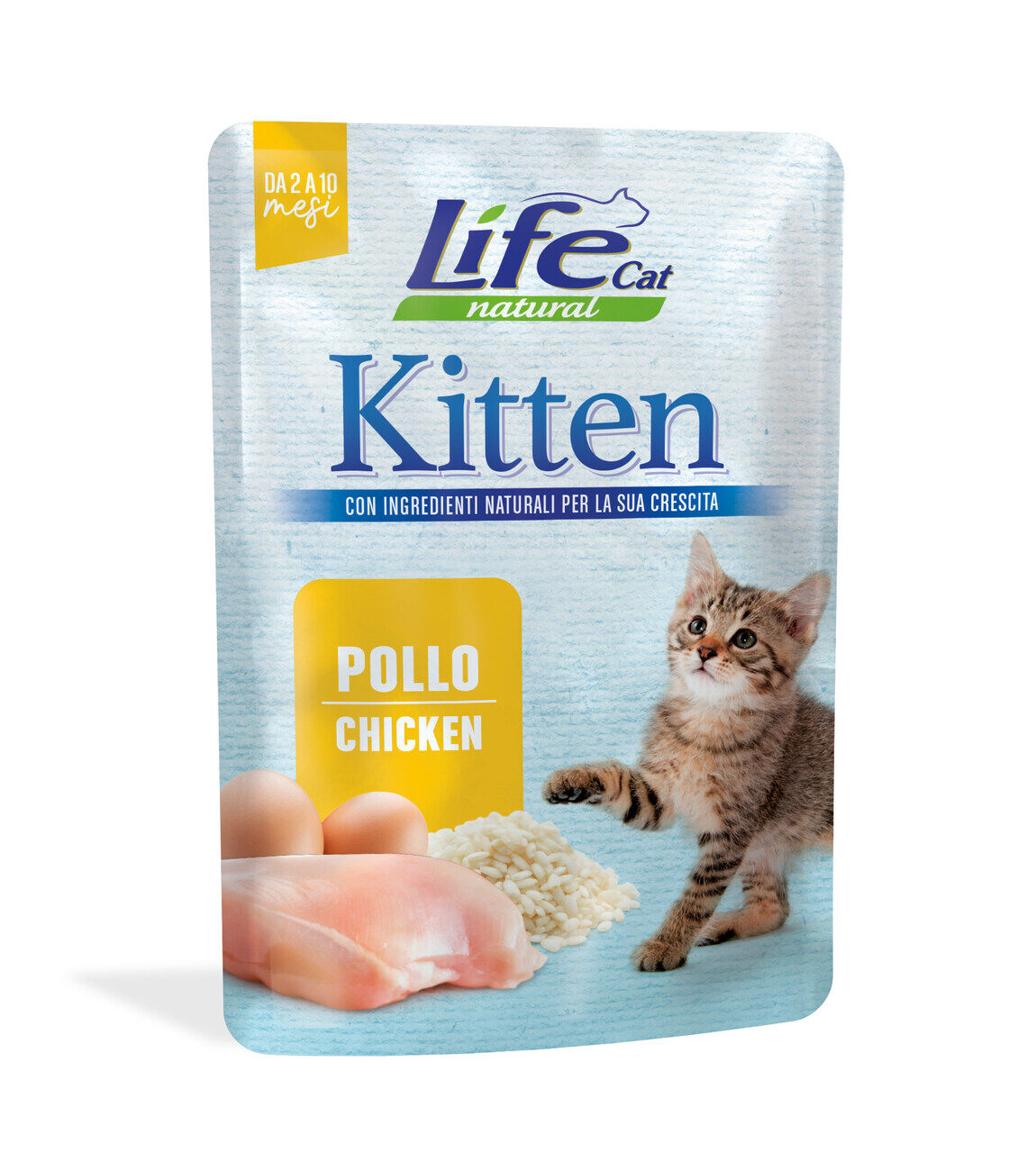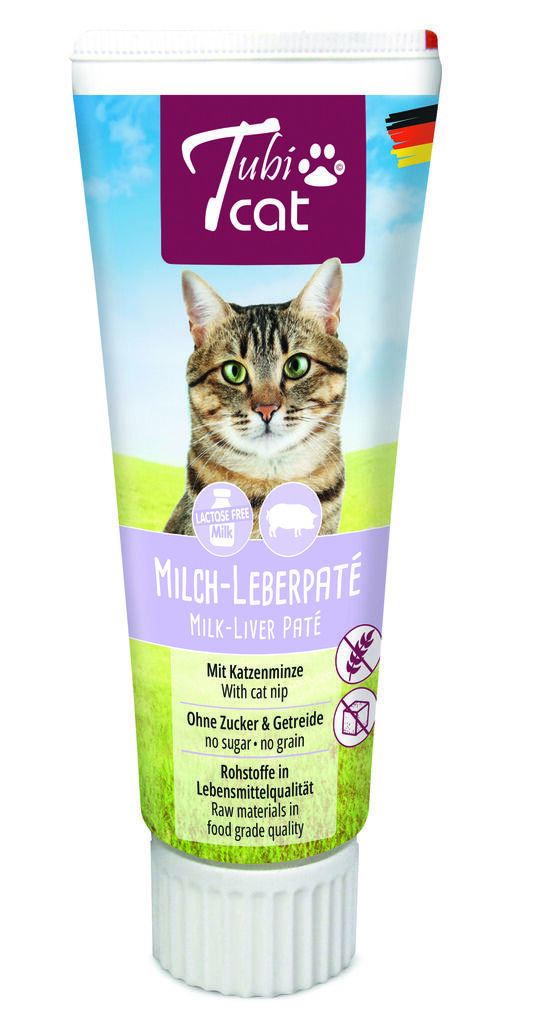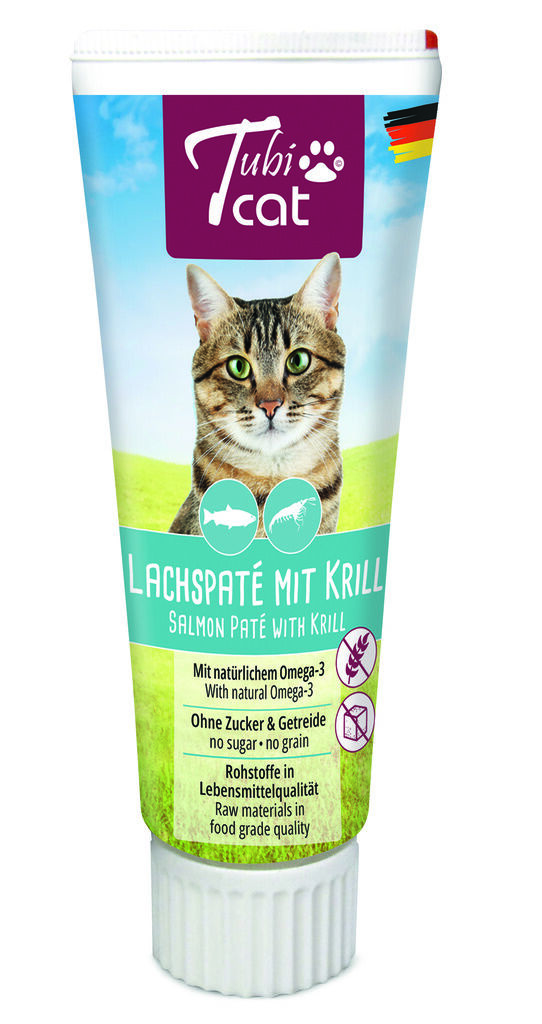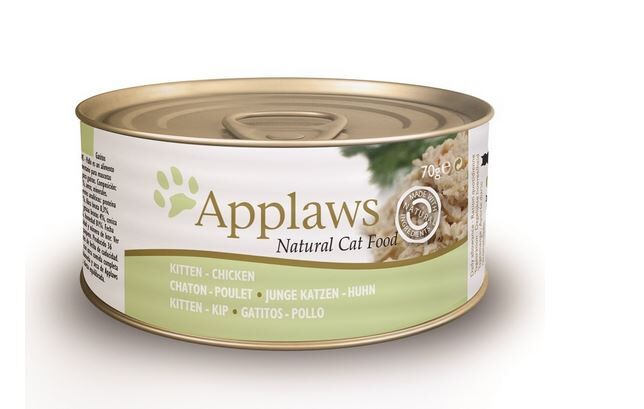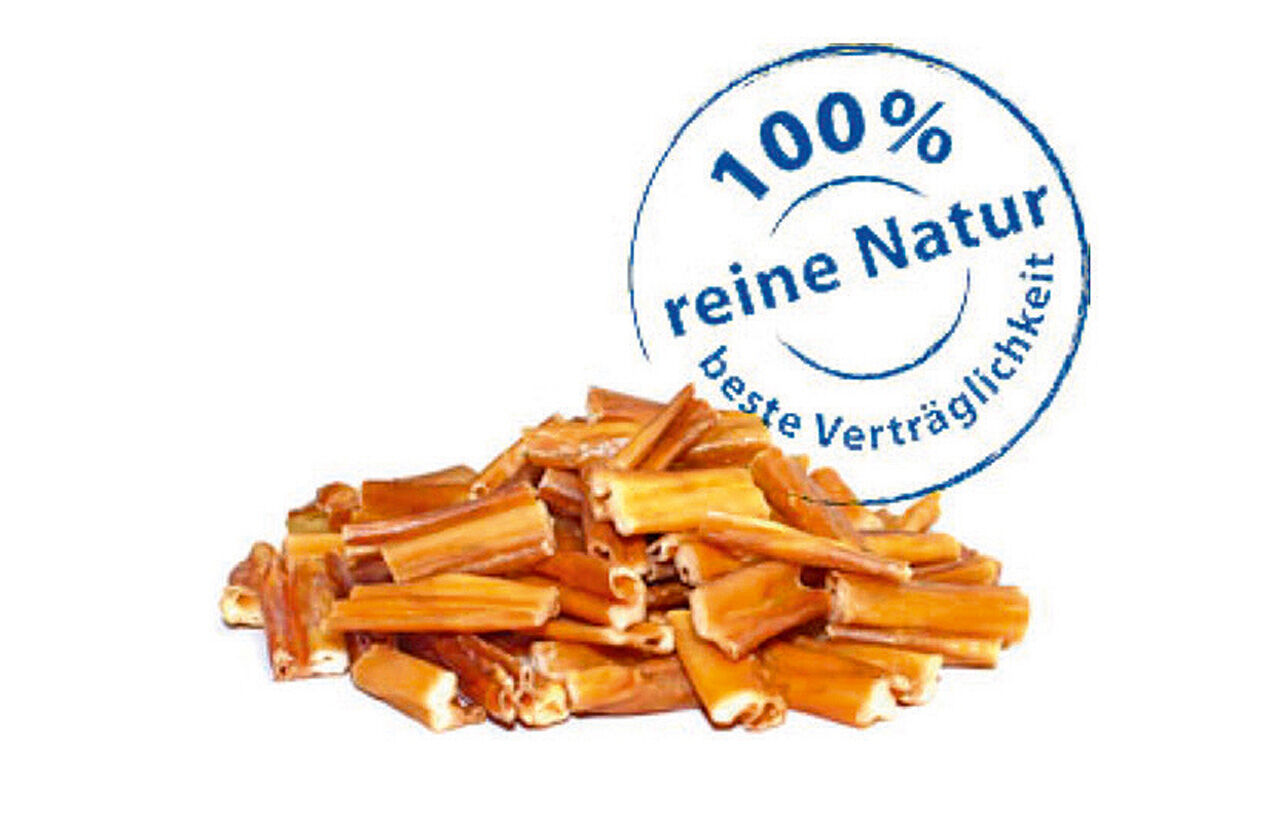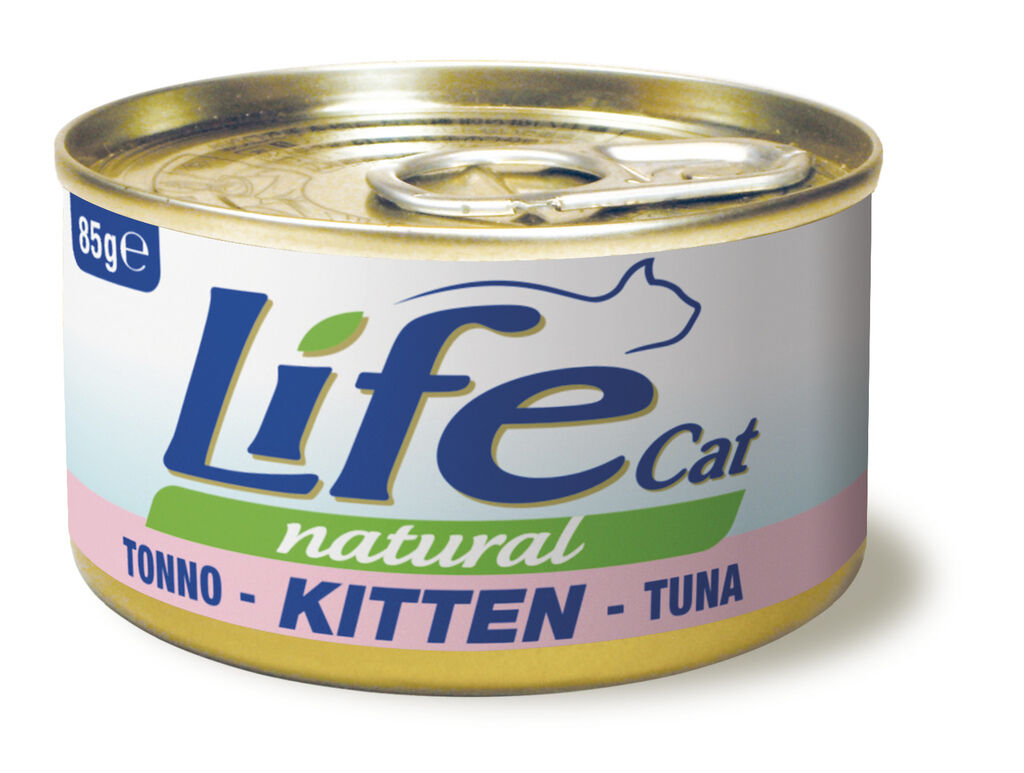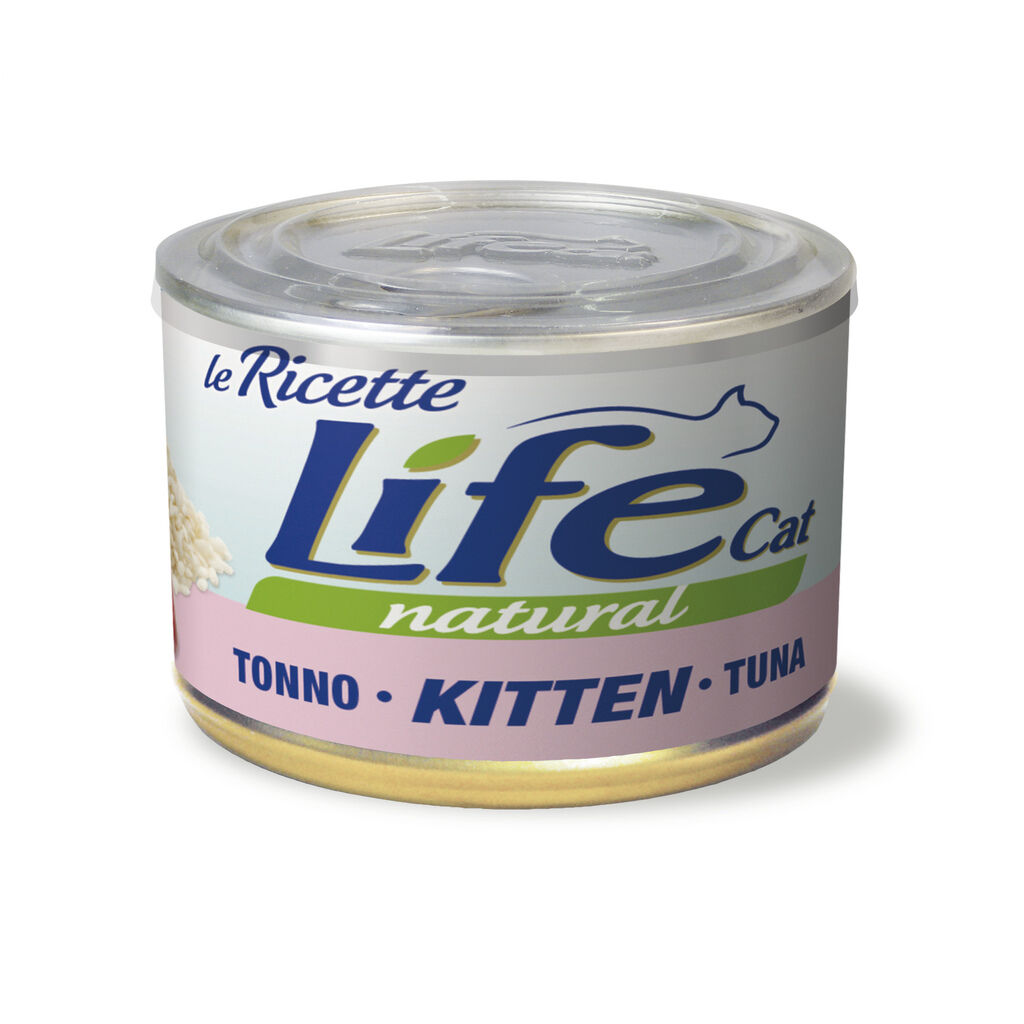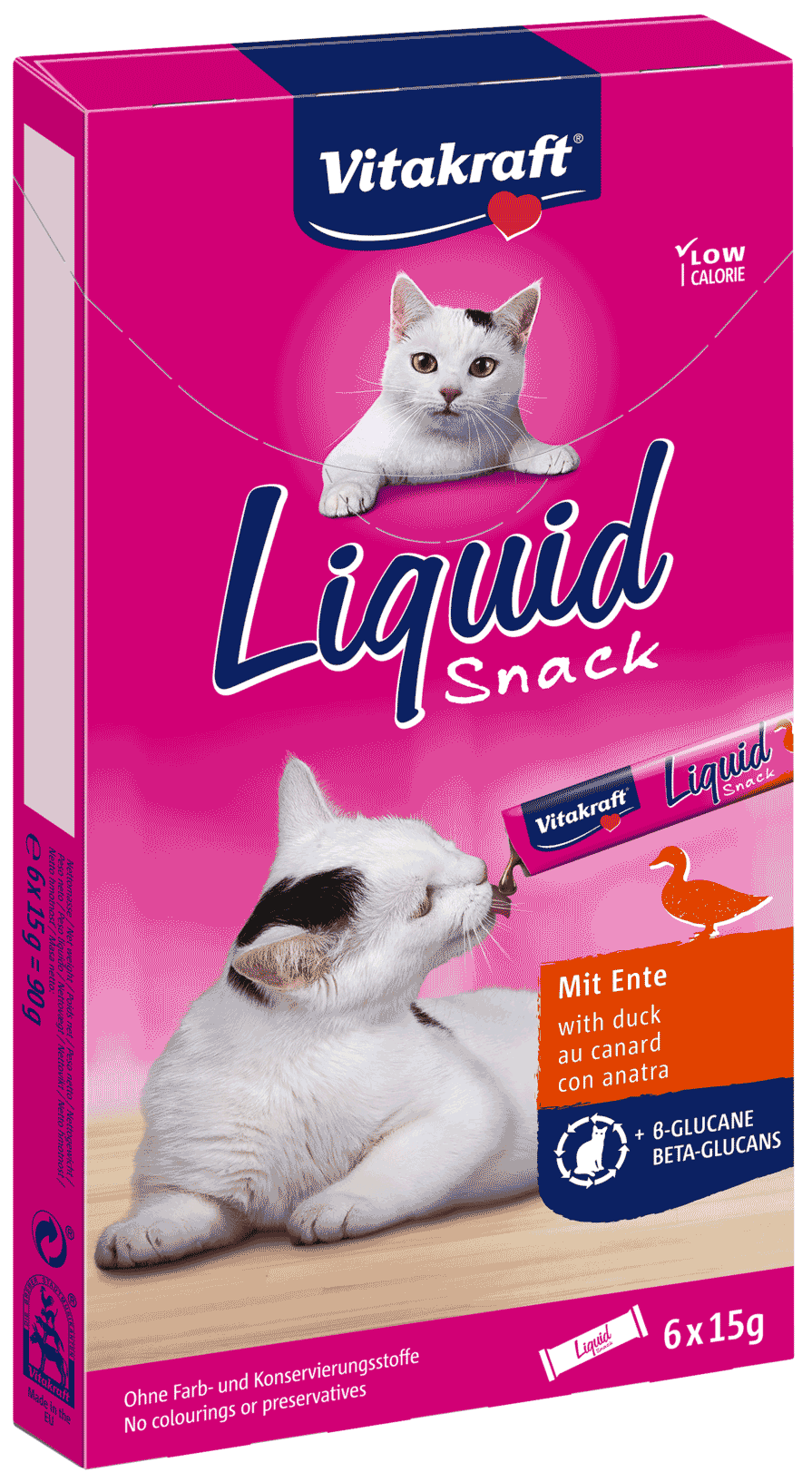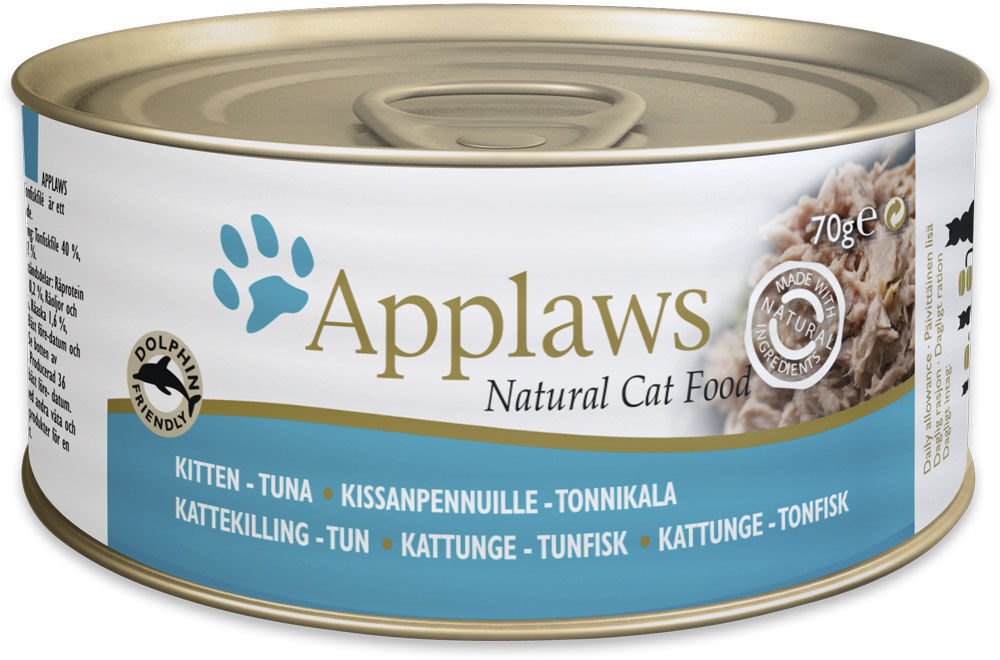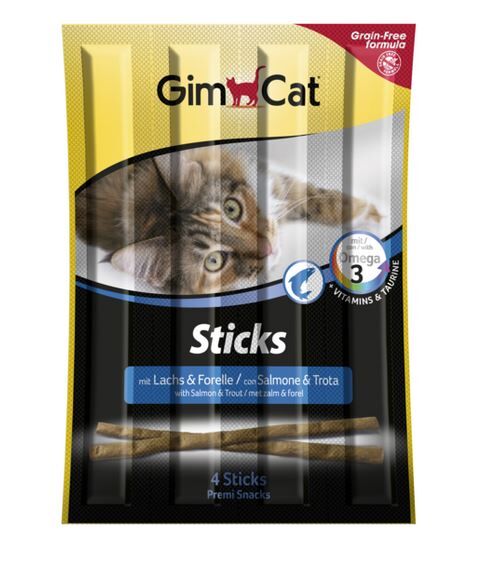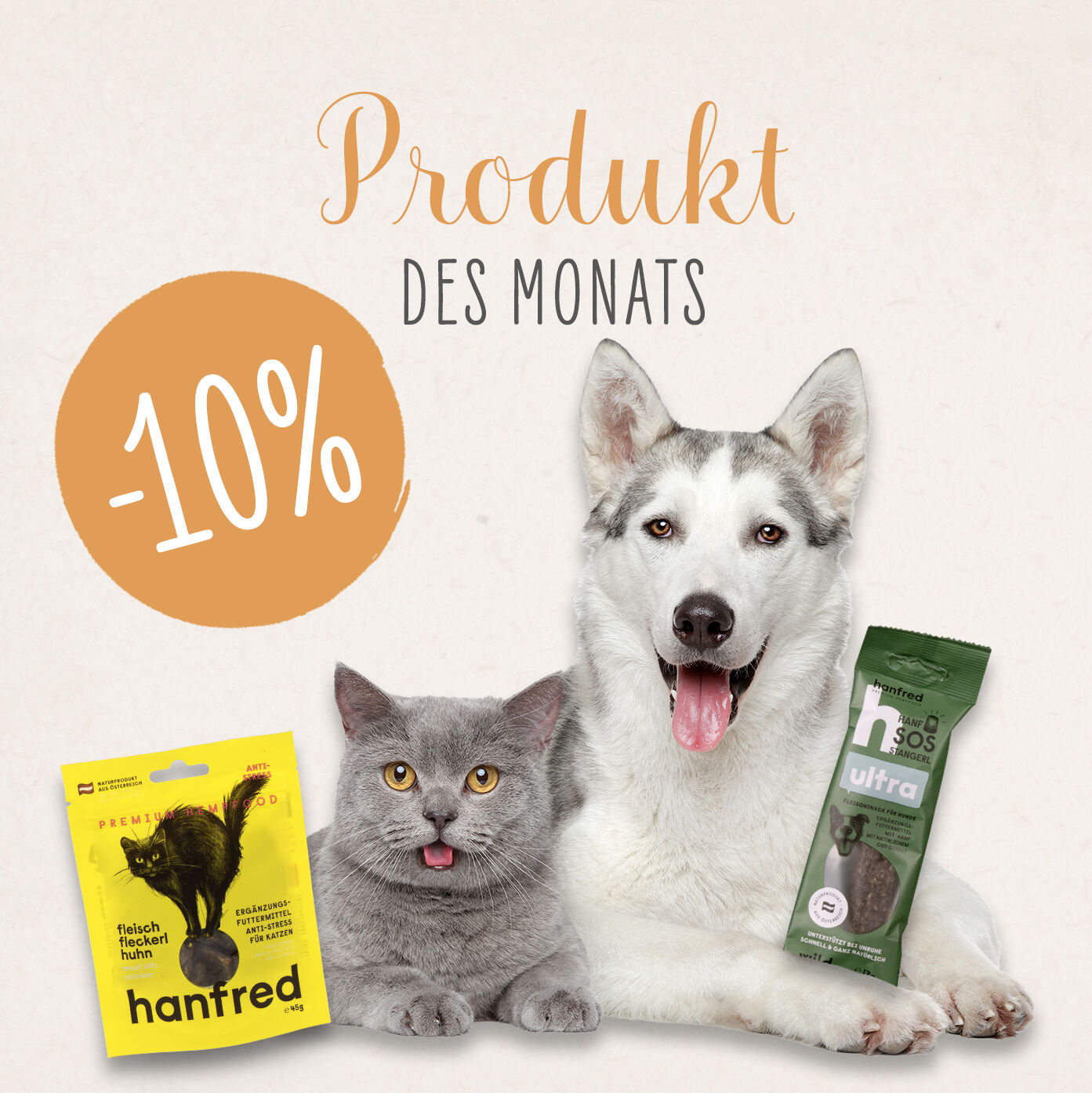Feeding kittens correctly: What food do kittens need?
When growing, the body of our little kittens performs at its best. It is our task to provide them with the best possible support to enable them to live a long and healthy life. We explain what to look out for when feeding kittens.
Warum Kittenfutter?
Der Körper kleiner Katzenbabies benötigt extrem viel Energie. Ihr Energiebedarf ist doppelt so hoch wie der einer ausgewachsene Katze. Gleichzeitig können Kitten mit ihren kleinen Mägen noch keine großen Futtermengen aufnehmen. Daher ist spezielles, kalorienreiches Kittenfutter unbedingt notwendig.
Welche Nährstoffe muss gutes Kittenfutter enthalten?
Folgende Nährstoffe in der richtigen Dosierung muss Kittenfutter beinhalten:
- Eiweiß aus tierischen Quellen
- Fette und Fettsäuren
- Taurin
- Vitamine
- Mineralstoffe
- Spurenelemente
- Wenige aber aufgeschlossene Kohlenhydrate
Wie oft am Tag braucht ein Katzenwelpe Futter?
Da das Verdauungssystem kleiner Katzen noch nicht ausgereift ist und auch der Magen noch sehr klein ist, empfiehlt es sich sehr, viele kleine Portionen über den Tag verteilt zu verabreichen.
Bis zu einem Alter von sechs Monaten sollten Kitten im Idealfall 4-5 kleine Mahlzeiten über den Tag verteilt bekommen. Die letzte am Abend vor dem Schlafengehen, damit sich das Kitten bei Bedarf auch in der Nacht noch bedienen kann.
Feeding...from the 4th week
From this time on, the kittens should be offered kitten food for the first time. In order to facilitate the uptake, porridge food is recommended. It is best to dilute kitten milk with warm water. Oat or rice gruel, but also cooked and strained chicken meat or a tin of kitten food can be added.
...from the 10th week
The kittens now drink less and less from their mother and help themselves more often to the food bowl. They now need almost 90% of the energy they get from food for their growth. The food must be correspondingly rich in energy . Therefore it is absolutely essential to give special kitten food .
This is also the time when the imprinting phase begins. Here kittens should get to know different types of food , e.g. dry and wet food or home-cooked food. If in the course of their life a change of food should become necessary, e.g. for health reasons, this is usually easier because they already know the different types of food.
Feeding little cats - this is how it works
Kittens develop very quickly in the first weeks of life. After all, they reach 75% of their final (ideal) weight within 6 months. Here is a quick overview of the different feeding stages:
| Week of life | Food |
|---|---|
| until the 3rd lactation | exclusively breast milk |
| 4. - 9. LW | Mainly mother's milk, offer first kitten food |
| 10. - 12. LW | Change to kitten food |
| From 12th LW - 1st year of life | High quality kitten food |
...from the 12th week
Serious breeders only give away kittens now. Thus, the new owners are now also responsible for feeding the little cat. The digestive tract is not yet fully developed, but the hunger is great. Therefore, it is very sensible - and also species-appropriate - to offer smaller meals several times a day . Cats in the wild eat 10-20 small meals spread over the whole day - even at night.
Tip: Provide food again shortly before the kitten's own night's rest, so that the kitten can eat a meal at night if necessary .
...from the 7th month
Depending on the breed or size, you can start feeding adult foodfrom the 7th month of life . Larger cat breeds, such as Maine Coons, grow longer and can therefore be fed kitten food for a longer period of time . From the age of 1 at the latest, the change to food for adult cats should be started. Otherwise the cat could become overweight due to the high-calorie food.
Are little kittens allowed to drink milk?
The image of kittens slurping milk is very present in our society. But is milk really healthy for kittens?
Basically, the answer is clearly NO. Why? Cow's milk is very different from mother's milk for cats. The most striking difference is the significantly higher lactose (milk sugar) content in cow's milk. The ability of kittens to digest lactose decreases rapidly after the switch to solid food. Often kittens get digestive problems such as diarrhoea or vomiting when eating cow's milk. This is comparable to a lactose intolerance in humans
However, it seems that there are kittens and adult cats who tolerate cow's milk without any problems. Why ? The answer lies in the close connection to humans - especially in rural areas. Because there cats were often kept on farms as mousers. If cows were also milked at the farm , milk was available for the cats as an additional meal. These cats obviously developed a certain lactose tolerance - just like us humans, by the way - which can also be passed on. So a small farm cat slurping milk is quite a realistic picture.
However, it is also clear that very few velvet paws today still grow up on a dairy farm and thus the consumption of cow's milk makes sense for very few kittens.
QUICK TIPS FOR KITTEN FEEDING
Several meals
Up to 6 months of age kittens should be offered small portions of food 4 - 5 times a day.
Sufficient water
Small cats need about 50% more liquid in proportion to their body size than adult cats. Drinking fountains with fresh water can encourage water intake.
Energy
Kittens need twice the energy to grow compared to adult cats. Therefore, a high-calorie complete food for kittens should be fed in any case.
What is better for kittens? Dry or wet food?
There is no general answer to this question. Rather, it is the preferences of the kittens or the owners that ultimately decide on this. The only important thing is that the food must be declared as a complete food . Then it will provide your kitten with all the important nutrients it needs for healthy growth.
Advantages of the feed types
| Advantages dry food | Advantages of wet food |
|---|---|
| Dental health: by chewing, the teeth are cleaned mechanically, thus preventing the formation of plaque. | Protein content: Wet food is usually richer in protein than dry food. |
| Size: Croquettes adapted to the size of the teeth are easy to chew and swallow. | More water: with up to 80% moisture wet food supports hydration. |
| Practical: accommodates the natural eating behaviour of
kittens: daily ration in the morning in the bowl. This way the kitten can help itself to what it likes. |
Acceptance: most kittens love the more intense smell and texture and therefore like wet food very much. |
Water for little cats
Fluid intake plays an important role in the nutrition of kittens. The water requirement of a young cat is about 50% higher than that of an adult cat. In addition, as former desert dwellers, cats tend to take in too little water.
With wet food , at least part of the requirement is already covered by the food. However, this is not the case when feeding dry food. Therefore, make sure that the cat puppies have enough fresh water at their disposal.



